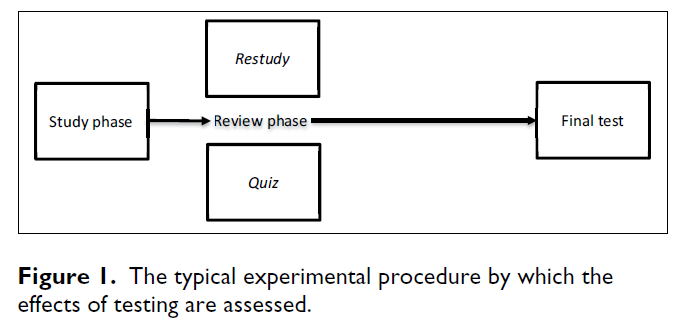Researchers make five recommendations for standardized test designers

Can standardized tests, such as those created in response to the Common Core, enhance education instead of just assessing it? For standardized testing to benefit students, researchers recommend that the tests are used as tools to promote learning, adapt to students' ability levels, provide feedback, and encourage students to make self-assessments and apply memorized information to new situations. This research is out today in the new issue of Policy Insights from the Behavioral and Brain Sciences, a Federation of Associations in Behavioral & Brain Sciences (FABBS) journal published by SAGE.
Examining often overlooked ways in which testing has promoted learning, researchers Aaron S. Benjamin and Hal Pashler recommend that we:
1. Use tests as tools to directly promote learning: Tests benefit learning in a variety of ways, and results from research demonstrate how they can be constructed and distributed in more effective ways. We can take advantage of the frequency of tests: administering multiple tests throughout the year will provide a more accurate picture of what a student has learned than will the results of a single test. Frequent test results could lead to effective changes to the ways students study and teachers teach for the rest of the year. Additionally, they may reduce both teacher and student anxiety toward 'high stakes' testing.
2. Make use of standardized tests that adapt to students' ability levels: The cognitive benefits of taking a test are highest when the test is of an appropriate difficulty for the student. Tests that are too difficult may not enhance learning and may distress students considerably. Yet tests that are too easy do not challenge students sufficiently and do not enhance learning as much. Tests that adapt difficulty levels to students' ability levels, like computerized adaptive tests, can challenge students appropriately throughout the duration of the test.
3. Use standardized tests that provide feedback: When correct answers are provided to students as feedback, students see what they need to study and may reconsider the effectiveness of their study techniques. Computerized tests can provide students with feedback, or tests may be reviewed in class for students' benefit.
4. Develop standardized tests that encourage self-assessment: Tests that require students to state their level of confidence in their answers allows them to compare how well they think they understand the material to how well they actually understand it, showing them what they need to study in the future.
5. Ensure that tests encourage students to think broadly and apply their knowledge to new situations: Tests with multiple-choice questions help develop students' memorization skills and are easier to score than broad questions, such as short-answer questions. However, broad questions have long-term benefits for knowledge and memory. Test designers should be aware of the trade-offs between the benefits of certain question types and their ease of scoring.
The researchers wrote:
"When considering the multitude of changes that the U.S. educational system is currently undergoing, it is critical that we keep multiple targets in our sight. The traditional view is that there is a separation between the acquisition of knowledge and skills and the evaluation of a student's mastery of the curriculum. Both are important goals, and current research indicates that tests can facilitate progress on both fronts."
More information: "The Value of Standardized Testing: A Perspective From Cognitive Psychology" Policy Insights from the Behavioral and Brain Sciences, 2015.
Provided by SAGE Publications
















